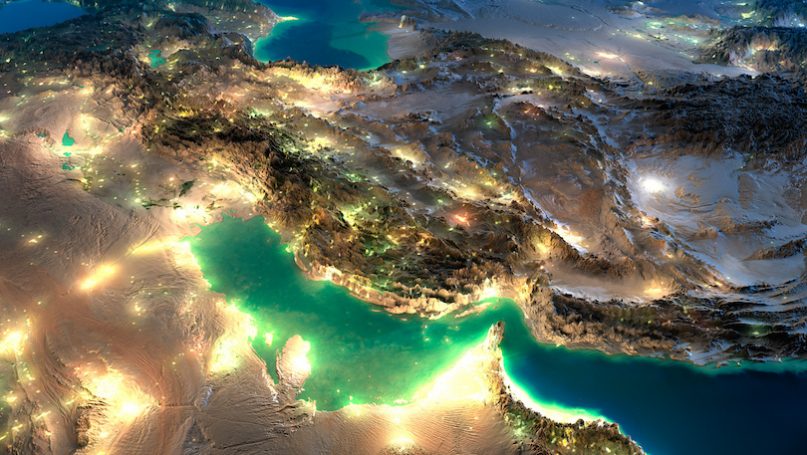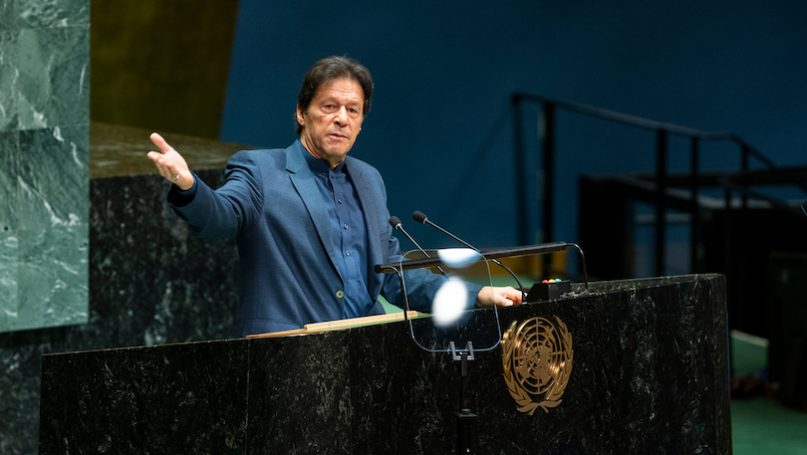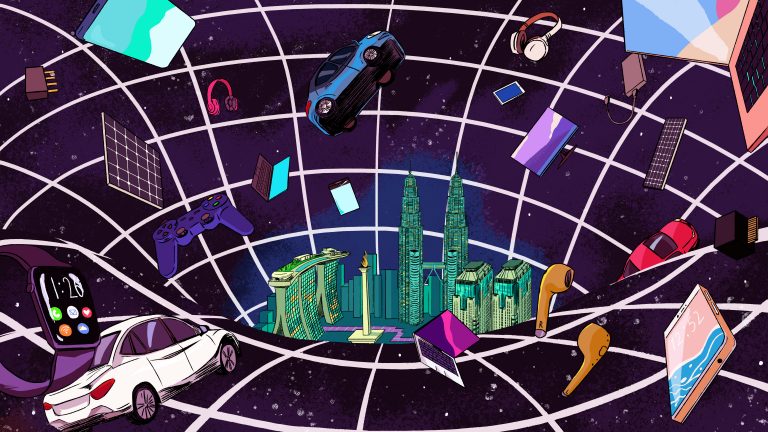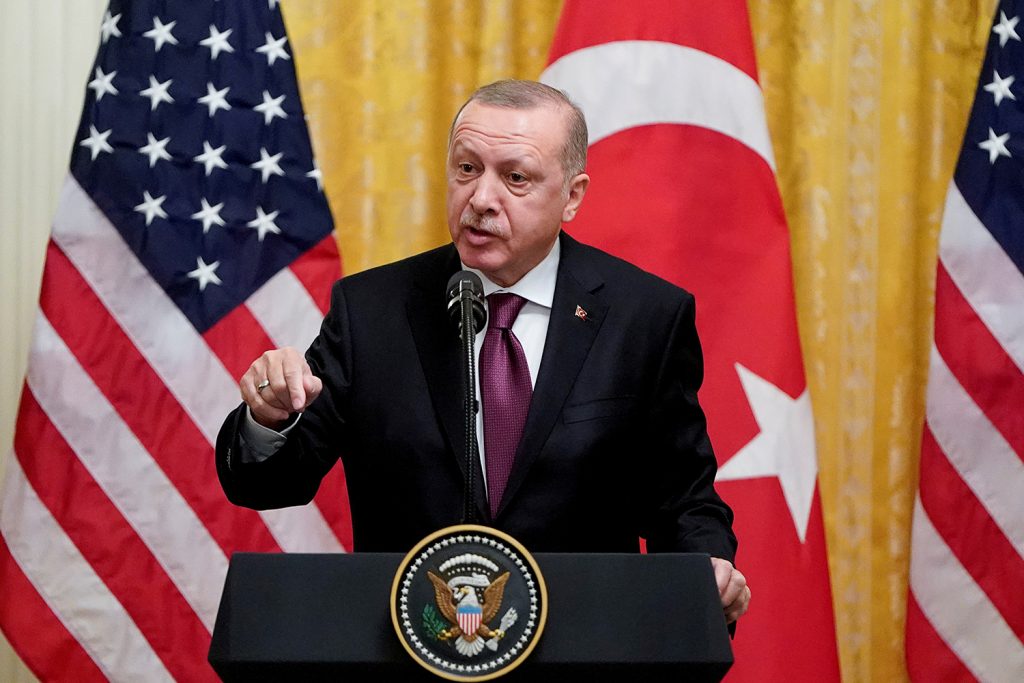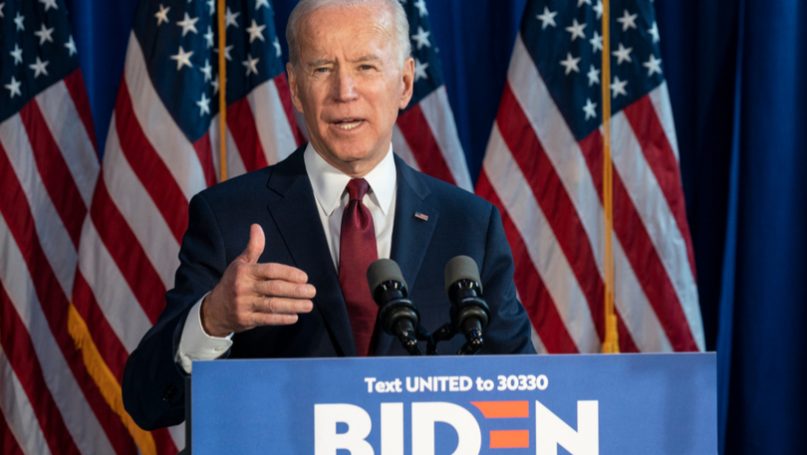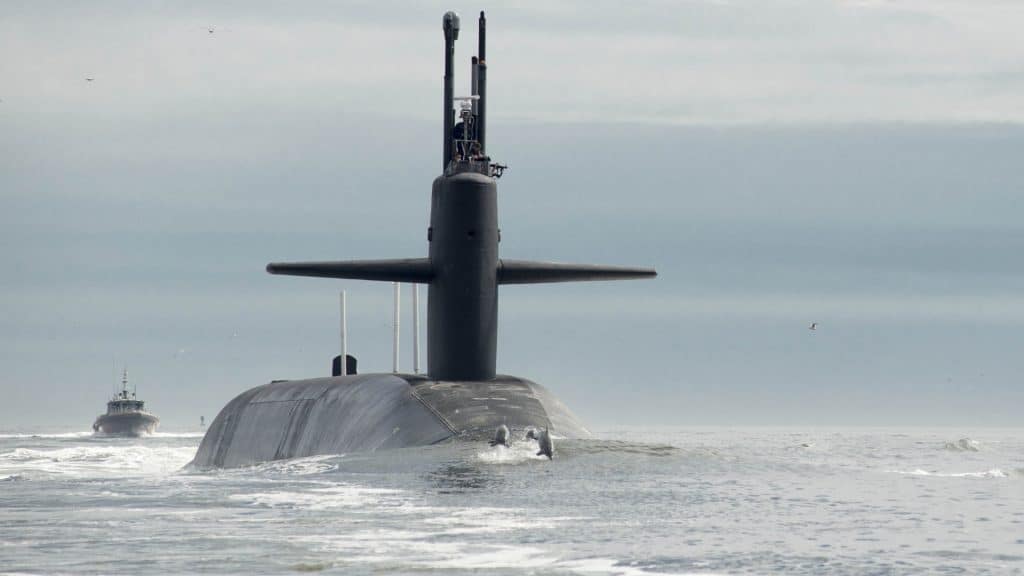The public health crisis due to the COVID-19 pandemic has emerged as the top threat for Indian corporates, while cyber attacks and data frauds loom equally large, according to a study. The report, titled 'Excellence in Risk Management India 2020, Spotlight on Resilience: Risk Management During COVID-19', has been published by global insurance broker Marsh and risk management society RIMS.
While there is great optimism about the ability of organisations to rebound and address future pandemic-related challenges, cyber attacks and data fraud continue to be paramount concerns for risk professionals in India, as per the survey.
Around 63 per cent of the 231 survey respondents -- which included C-suite executives and senior risk professionals -- identified the continued fallout of COVID-19 among the top three risks facing their organisations.
Learn technical architecture and industry applications of 5G technology with business case models especially in terms of Smart Cities, Digital Economy, High-Speed Digital Services, Robotics, Precision Medicine, Autonomous Cars
Certificates of participation will be awarded post successful completion of the workshop.Cyber attacks (56 per cent), data fraud or theft (36 per cent), failure of critical infrastructure (33 per cent), fiscal crises (31 per cent) and extreme weather events (25 per cent) were highlighted among the other top risks for Indian businesses.
